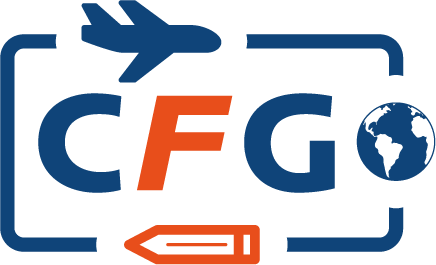Chinese airlines have not placed any major orders with Boeing since 2017. Last year, the U.S. manufacturer delivered 56 jetliners to Chinese airlines, and 18 in the first quarter of 2025. Meanwhile, the production of aircraft made by Chinese newcomer, COMAC, is also becoming more expensive as around 50% of the aircraft parts required to build the C909 and C919 series are provided by US suppliers.
The data is already showing first effects: the production rate of both COMAC series halved by 50% in the first four months of this year, from 14 to a mere 7 aircraft. This is a major setback for the Chinese bearer of hope, which is seeking to secure an increasing market share as the third largest producer of civil passenger aircraft alongside Airbus and Boeing, followed by freighter derivatives.
Bizarre dispute
Now, a further problem has thrown a spanner into the works: The tariff dispute between the two countries, triggered by Trump, has also made aircraft components considerably more expensive. In an escalation cascade, Trump trumpeted that he would impose tariffs of up to 245% on Chinese products. Beijing’s leaders responded by announcing tough countermeasures. In the meantime, the U.S. government has reduced its tariffs on Chinese imports to 30%, while China is imposing a fee of 10% on U.S. imports instead of the formerly announced 125%. However, this is a temporary freeze until mid-AUG25. Until then, both sides intend to reach a longer-term settlement. Whether this will happen remains to be seen.
Uncertainty is poison for aviation
In any case, the latest tariff conflict has led to enormous uncertainty among aircraft manufacturers and in the entire aviation industry. The U.S. is the top external supplier of China’s aircraft industry, accounting for more than 50% of the total value of parts and components imported by manufacturers and users. Meanwhile, the tariff dispute has led to parts shortages at COMAC’s production sites, including at their local suppliers. This has already slowed down the production rate of newbuilds and prolongs the maintenance cycles of aircraft in service, aviation analysts from China International Capital Corporation (CICC) state in a study.

The delay rate is growing
The CICC analysts added to this that tight supply chains and tariff pressures mean that the aircraft delivery delay rate will stagnate at around 25% from 2025 to 2027. They estimate that around 15% of Airbus aircraft deliveries to Chinese airlines are delayed, with the rate of Boeing jetliners climbing to as high as 40%.
Against the backdrop of the customs dispute, some Chinese airlines have now refused to take delivery of previously ordered Boeing aircraft. The manufacturer’s CEO, Robert Kelly Ortberg confirmed this last week to the South China Morning Post.
As Bloomberg reports, the government in Beijing has now asked Chinese airlines to stop ordering aircraft and aircraft parts from Boeing due to the simmering trade dispute between both countries.
According to Boeing’s website, at the end of APR25, 128 of Boeing’s 6,282 unfilled commercial plane orders were destined for China. The frame maker delivered 56 aircraft to Chinese buyers last year and 18 in the first quarter of this year. However, the last time Chinese airlines placed a large order for Boeing jets was in 2017, with European rival, Airbus, being the preferred supplier in the years since.




